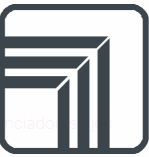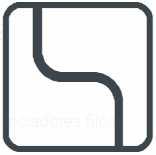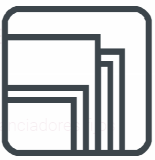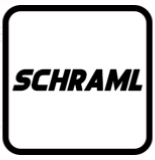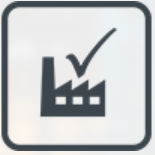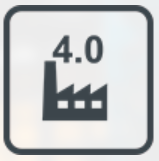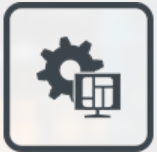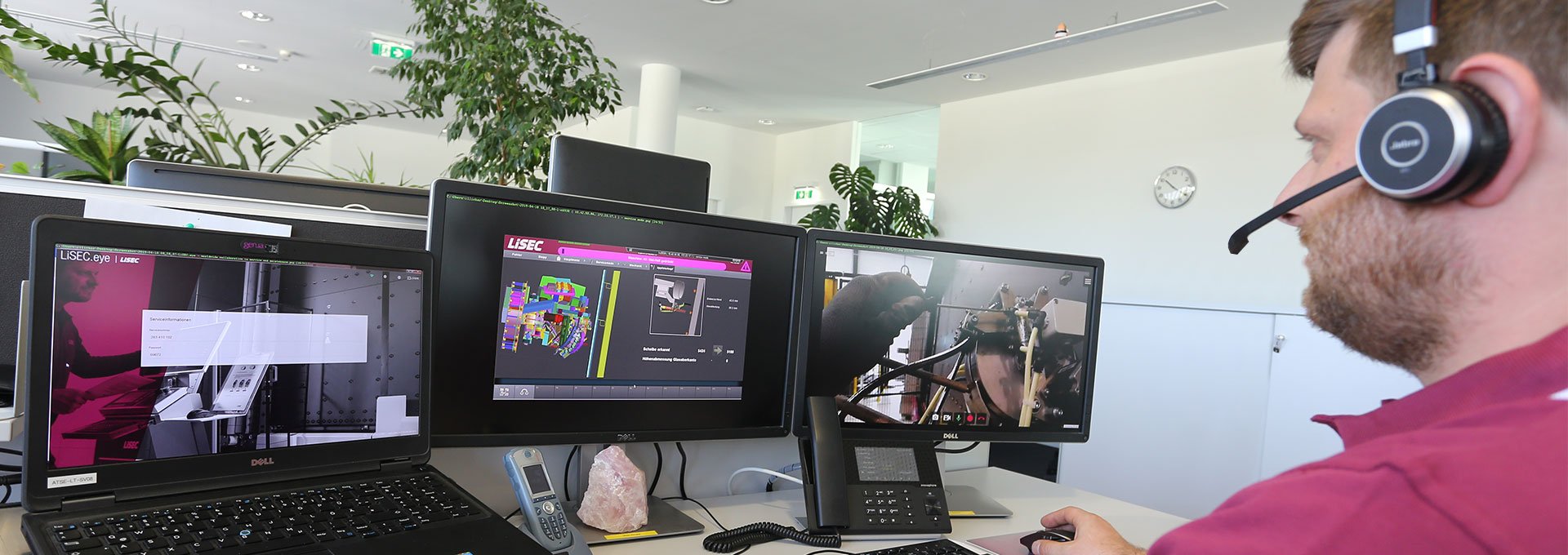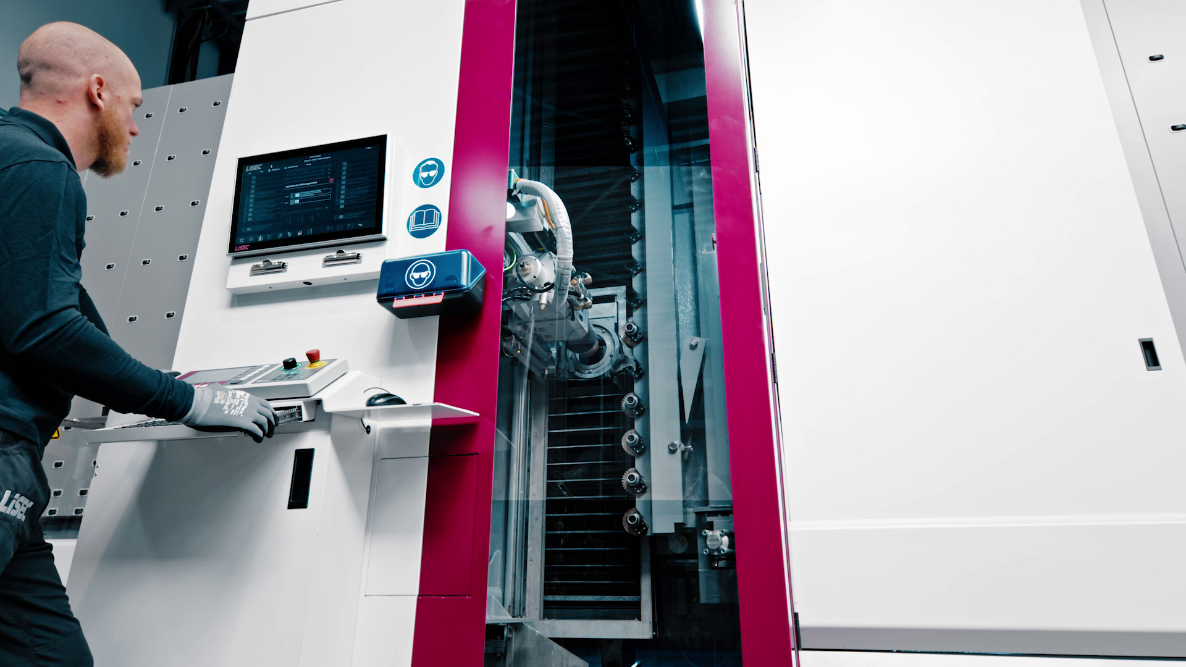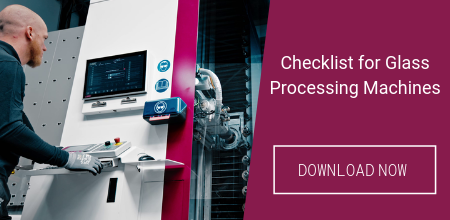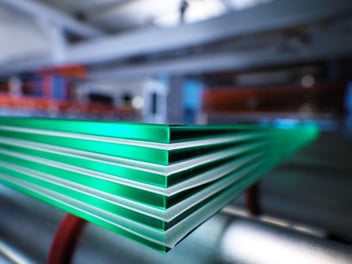The construction boom in Europe is delivering brilliant growth figures for the glass industry. The downsides are not long in coming: High pressure to innovate and compete on the one hand, a shortage of skilled workers on the other. Investing in pure capacity expansion has therefore been too short-lived – better production concepts are needed.
Last year, more building permits were issued than ever before in Austria. This ensures that the construction boom will continue for some years to come. What makes craftsmen and suppliers happy, however, is a worry for the developers. Despite the low interest rates, construction costs are exploding. And thus the pressure increases to look for cheaper suppliers in all trades. This also applies to the glass industry, where window, door and shower cabin manufacturers are passing on the growing price pressure to their suppliers.
At the same time, however, customers are looking for innovative solutions that combine comfort and sustainability. Triple-glazed windows that save heating costs and protect the environment are becoming an issue for more and more customers, even without building regulations. But not so thick and not so heavy, please.
Tackling production
A real problem is the healthy economic situation, which is resulting in lower unemployment in Germany and falling immigration from neighbours in Germany and Hungary as well as from Romania: The skilled workers needed for additional production facilities are becoming more and more difficult to obtain, and increasingly expensive.
With additional machines, the product range can be expanded and capacity increased. But in the fierce price war with competitors from all over Europe, the new technology must also improve performance so that higher output per capita is possible.
In the search for the critical points that determine the need for skilled workers, two main anomalies can be found: each new machine creates the requirement for an additional employee to take over the operation. And the transport from processing station to processing station requires high manual effort. Furthermore, breakage occurs on a regular basis, which can reach a relevant share of the production costs. In addition, there is always a danger of injury to employees.
An expensive obstacle: Intralogistics
Glass manufacturers can take a big step forward by converting the production concept from a production line with several stations to a continuous production line that integrates all processing stations into one system. The most obvious difference is the elimination of intralogistics. This still eats up a lot of time and ties up numerous workers.
It is particularly complex when there is a change between horizontal and vertical processing and the sheets have to be set up or placed accordingly. If, on the other hand, the sheets run along the line automatically, the throughput times improve enormously.
Klaus Köttering, Technical Managing Director at Semco in Northern Germany, has already taken this step and commissioned a LiSEC cutting line for laminated safety glass. In fact, the expansion is set to continue: “Overall, the goal is to no longer need to touch the glass by hand”, is how Köttering describes his strategy. Previously, several tons of glass needed to be moved every day at a number of workstations.
However, employees are becoming increasingly difficult to recruit for this physically demanding work. Instead of three cutting stations, each of which required four employees, he now operates a single station in three-shift operation, which is operated by just one employee per shift. Due to the significantly shorter throughput times, the new technology offers sufficient capacities.
Central control system and continuous data flow
An integrated production line such as the SPLITFIN from LiSEC offers advantages not only for the operators at the machine, but also for the production manager, who controls the entire production process. Where in the past individual stations had to be coordinated in order to harmonise the respective production steps, the integration of the production line into the control system is continuing. Here, all processing steps can usually be managed via a single user interface.
LiSEC relies on internally developed applications for this purpose. For example, on GPS.prodview, a shop floor management system that centrally records, stores and visualizes production data for the entire machine park. Data collection is not limited to in-house machines, but also extends to machines from other manufacturers.
In this way, maintenance personnel, production supervisors and management always have an up-to-date and complete overview of the status of the production facilities. The collected data can be used for later error analysis and production optimisation.
The same applies to order processing, quality management in ongoing production or asset management. At the same time, a continuous data flow between the shop floor and MES or ERP systems is ensured. The high timeliness and reliability of the data in all systems contributes to better decisions and lays the foundation for new business processes and models developed within the framework of Industry 4.0.
From practice - for practice
What distinguishes LiSEC from all other machine builders is its in-house application. LiSEC's near 60-year history begins with the processing and forming of acrylic glass plates, mirror production and glass grinding. Five years later the production of insulating glass was added – with the first machines developed in-house.
This laid the foundation stone for machine construction, which became the dominant part of the company with the construction of a second workshop in 1978. An important success factor is the step towards becoming a complete supplier with both machines and software in its portfolio. However, the company's own glass production will continue, and will remain the touchstone for the solutions it develops.
In the 1990s, the company grew so rapidly that machine construction, software development and finally research & development were outsourced to separate divisions and new locations were established. Despite the continuing growth of the machine construction sector and the associated internationalisation, LiSEC remains true to its roots and continues to invest in glass production at its headquarters.
In 2015, the Glass Forum with a production area of 10,000 m2 was built in Hausmening. It has been designed as a LiSEC centre of excellence in which the latest in-house technologies are always used. This user perspective not only enables LiSEC to provide solutions for each individual step in glass processing, but also to develop cross-machine control software and data processing for the entire system.
Conclusion
The glass industry faces a number of challenges: continued price competition and growing labour shortages, lack of capacity and increasing pressure to innovate. The biggest challenge, however, is to reconcile all of this.
However, the solution is easy if you are open to fundamental changes in the production process. With the conversion from a production line with individual processing stations to an integrated production line, this fundamental change can be implemented relatively easily. The further reduction of manual activities, progress in productivity and higher throughput, quality improvement and future security even in the age of Industry 4.0 – all this is part of such a solution and thus the answer to current and future challenges.


